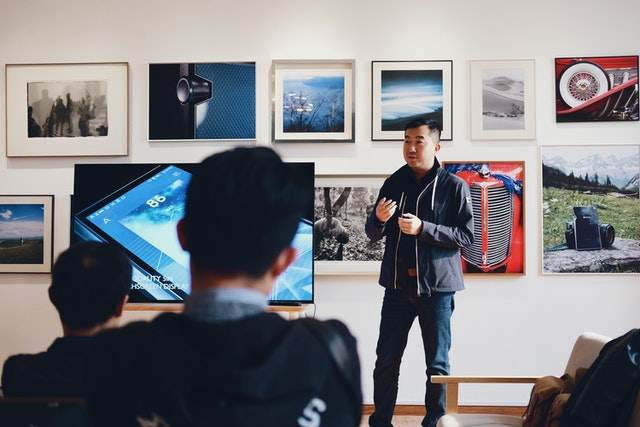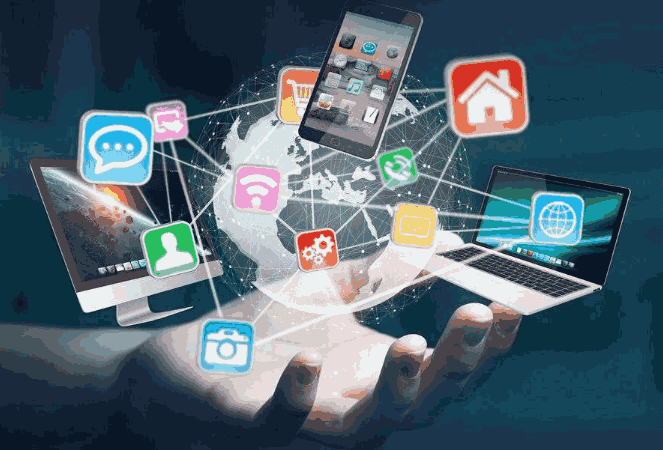How Technology Affects Education

According to the International Society for Technology in Education (ISTE), technology has created most of the current demanding jobs in the last decade. However, As technological advancements drive globalization and digital transformation, teachers may help their students acquire specific skills to succeed in their future careers.
What is the importance of technology to the education sector? Since the emergence of the Covid-19 pandemic, people realized quickly why they should embrace online education as part of teaching and learning. Also, By integrating technology into the existing education system, instructors can harness online education as a valuable tool.
We are yet to tackle how technology affects the education sector; read more and find out.
Benefits of Technology in Learning
Most teachers want to improve the performance of their students. With the help of technology, they can smoothly accomplish this target.
Increased Communication and Collaboration
Online learning can foster technological collaboration. Students can communicate with one another, and teachers can also engage their trainees during class or virtual lessons. However, Through learning games and online lessons, students can collaborate to help each other solve problems. In such collaborative activities, learners can compare their ideas and thoughts to support and help each other.
Interestingly, technology enables in-person interaction between students and teachers as students are free to ask classroom-related queries via hosted live chat and seek help on a pressing matter. While at home, learners can upload their cats, homework, or questions, and teachers can view and access the completed assignments, answer the queries and even mark their cats.
Personalized Learning Opportunities
Technology has enabled a 24/7 free and easy way to obtain educational materials. Online virtual classes can entirely continue through a laptop with internet or mobile phone access. Also, Hybrid learning combines one-on-one classroom sessions and digital learning tools anywhere.
In each case, the use of technology to teach students is possible. However, Teachers can come up with class sessions based on their student’s strengths and interests as the trainees can acquire skills at their personal pace. Also, Students might need to go through class materials to understand concepts they missed clearly.
The information generated through these Internet-based activities enables teachers to identify which students underperformed with specific units and proposes support and assistance.
Improved Teachers Productivity
Trainers can use digital innovations to reach new levels of productivity. by implementing useful advanced tools to increase learning opportunities for trainees and improve student engagement and support. Moreover, technology enables teachers to better their personalized learning methods and ways of issuing instructions.
Institutional centers can reap from these innovations by reducing the price of in-person learning materials, making good use of teachers’ time, and enhancing learning program efficiency.
Curiosity Driven by Engaging Content
Through education and engaging content, teachers can spark the thirst for knowledge in students and boost their curiosity related to their academic success. The urge to learn more helps students clearly understand different learning concepts.
Coming up with engaging content might involve the use of videos, podcasts, and AR. For instance, while submitting homework, students can add videos or interact with fellow students across the globe.
Negative Impacts of Technology on Education
However, much technology has made education easy; it has the other side where excessive use of these digital gadgets and skills may sometimes make you suffer. Probably students might be asking what the adverse effects of technology are.
Don’t worry; below are some of the adverse effects of technology;
Technology kills social skills
It causes distraction to the students
Technology hinders students from interpersonal skills.
It affects health; for example, too much exposure to computer or phone lights might lead to poor eyesight.
· Students waste time as they spend much time on their social media pages rather than on educational content.
Conclusion
The concept of innovation is developing rapidly and persistently, playing a more significant role in our lives.
Technology Affects Education and changed the idea of teaching and learning, and it now relies upon its negative or positive usage.

